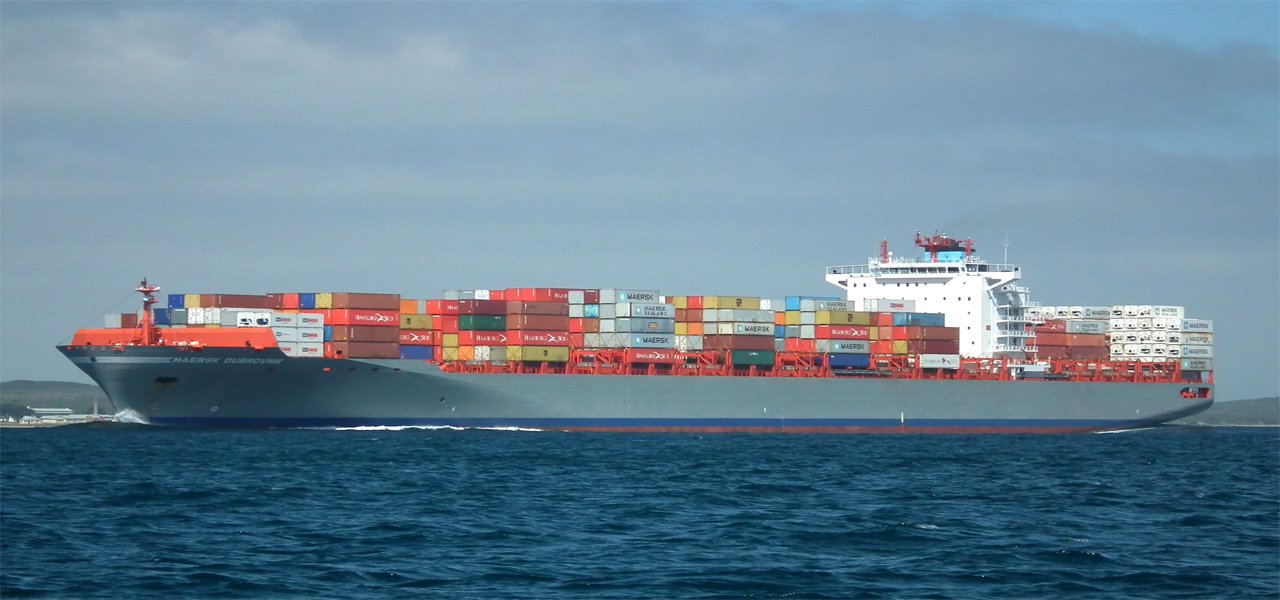The Importance of Cargo by Sea in Global Trade
In the vast network of global commerce, Cargo by sea remains an indispensable component. While air freight and land transport have their niches, the sheer volume and efficiency of maritime shipping make it the backbone of international trade. This mode of transport is not only cost-effective but also pivotal for the movement of goods across continents, supporting economies worldwide.
The Evolution of Sea Cargo
Cargo by sea has a rich history, dating back to ancient civilizations that relied on maritime routes for trading spices, textiles, and precious metals. Over centuries, advancements in shipbuilding and navigation technologies have revolutionized sea transport. Modern container ships, equipped with state-of-the-art logistics and tracking systems, ensure that goods are transported safely and efficiently across the globe.
Types of Sea Cargo
Understanding the different types of sea cargo is crucial for businesses involved in international trade. Generally, sea cargo can be categorized into three main types:
- Container Cargo: The most common type, where goods are packed into standardized containers, facilitating easy handling and transfer between different modes of transport.
- Bulk Cargo: Includes large quantities of raw materials like coal, grain, and iron ore, transported without packaging.
- Liquid Cargo: Involves the transport of liquids such as oil, chemicals, and liquefied natural gas (LNG), requiring specialized tankers.
Advantages of Cargo by Sea
Several advantages make cargo by sea the preferred choice for many businesses:
- Cost-Effectiveness: Transporting goods by sea is significantly cheaper than air freight, especially for bulky and heavy items.
- Capacity: Ships can carry large volumes of cargo, making them ideal for transporting goods on a massive scale.
- Eco-Friendly: Maritime shipping has a lower carbon footprint compared to air transport, contributing to environmental sustainability.
Challenges in Sea Cargo
Despite its advantages, cargo by sea faces several challenges:
- Transit Time: Sea transport is slower compared to air freight, which can be a disadvantage for time-sensitive shipments.
- Piracy and Security: Certain maritime routes are prone to piracy, posing risks to the safety of cargo and crew.
- Regulatory Compliance: International shipping involves complex regulations and customs procedures that can be daunting for businesses.
Future Trends in Sea Cargo
The future of cargo by sea looks promising, with several trends poised to reshape the industry:
- Digitalization: The adoption of digital technologies, such as blockchain and the Internet of Things (IoT), is enhancing transparency, efficiency, and security in maritime shipping.
- Sustainable Shipping: There is a growing emphasis on reducing the environmental impact of sea transport, with innovations like eco-friendly fuels and energy-efficient vessels.
- Automation: The development of autonomous ships and automated ports is set to revolutionize the logistics and operations of sea cargo.
Conclusion
Cargo by sea plays a crucial role in the global supply chain, enabling the efficient movement of goods across the world. While it has its challenges, ongoing advancements and innovations are continually improving the efficiency, safety, and sustainability of maritime shipping. For businesses looking to optimize their international trade operations, understanding and leveraging the benefits of sea cargo is essential for success in the global marketplace.
By embracing the opportunities and addressing the challenges, the maritime shipping industry will continue to be a vital driver of global trade, supporting economies and connecting markets across continents.



